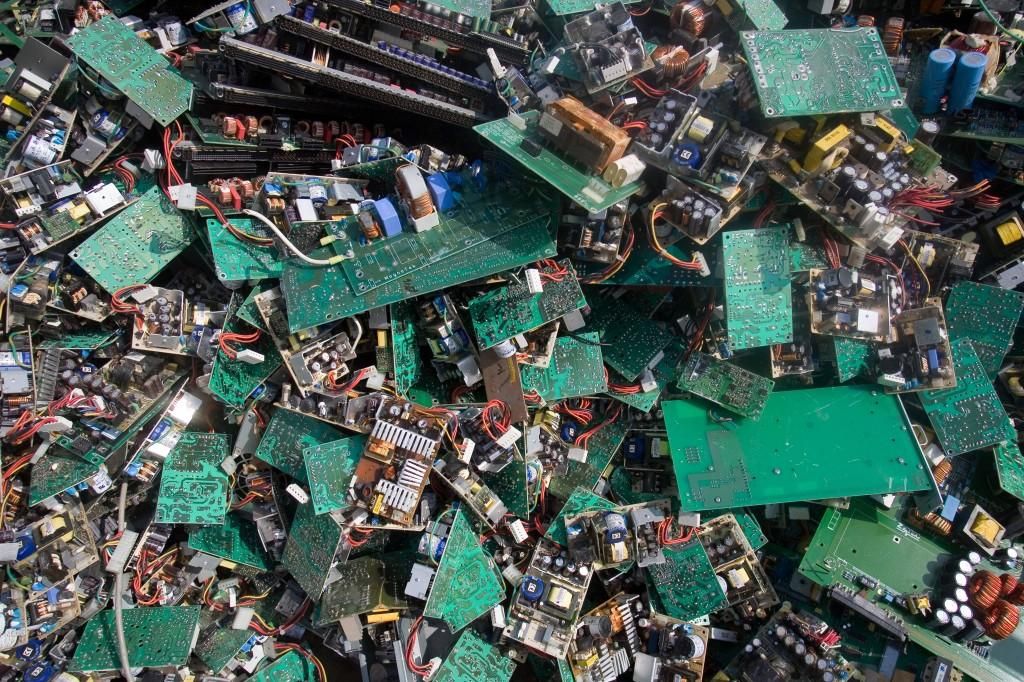A technology for the production of degradable electronic components from plastic based on corn starch has been developed

According to statistics compiled by the United Nations Institute, in 2014 the amount of electronic waste on our planet increased by 42 million tons. Much of this rubbish is made up of obsolete electronic devices, computers and mobile phones that have been replaced by their owners with more modern models. It should be noted that recycling e-waste is complex and costly, and even with precious metals and other high-value materials extracted from this waste, recycling does not pay for itself.
The solution to the problem of increasing the amount of electronic waste can be the use of degradable materials, materials that spontaneously degrade when exposed to certain environmental conditions. And recently, Chinese researchers have developed a new type of degradable plastic that can be used in the manufacture of electronic components and is based on ordinary starch obtained from the processing of corn or potatoes.
The basis of the new degradable plastic is polyactide (polylactic acid, PLA), which is now widely used in 3D printing, in the electronics and automotive industries, in packaging and other consumer products. However, this plastic is fragile and flammable and does not have adequate electrical properties to be considered a good electrical insulator. Nevertheless, this plastic can be easily obtained by appropriate processing of starch of plant origin, and its mixing in certain proportions with nanoparticles made from a material based on organometallic compounds gives it a number of attractive consumer properties.
A film made from such a composite material has good mechanical properties, it is fire resistant and, depending on the type of nanoparticles used as an impurity, it can be either an electrical conductor or a high-quality insulator. All of the above makes the new material a very promising material for the production of electronic devices. But the most important thing is that under certain conditions, the structure of this composite plastic, in contrast to pure PLA, begins to degrade and the material is easily destroyed. Remnants of decayed material are easily separated from other silicon or metal parts of electronic components, and the material itself, and the remaining materials can be subjected to inexpensive recycling for their reuse. S
ource: http://www.dailytechinfo.org